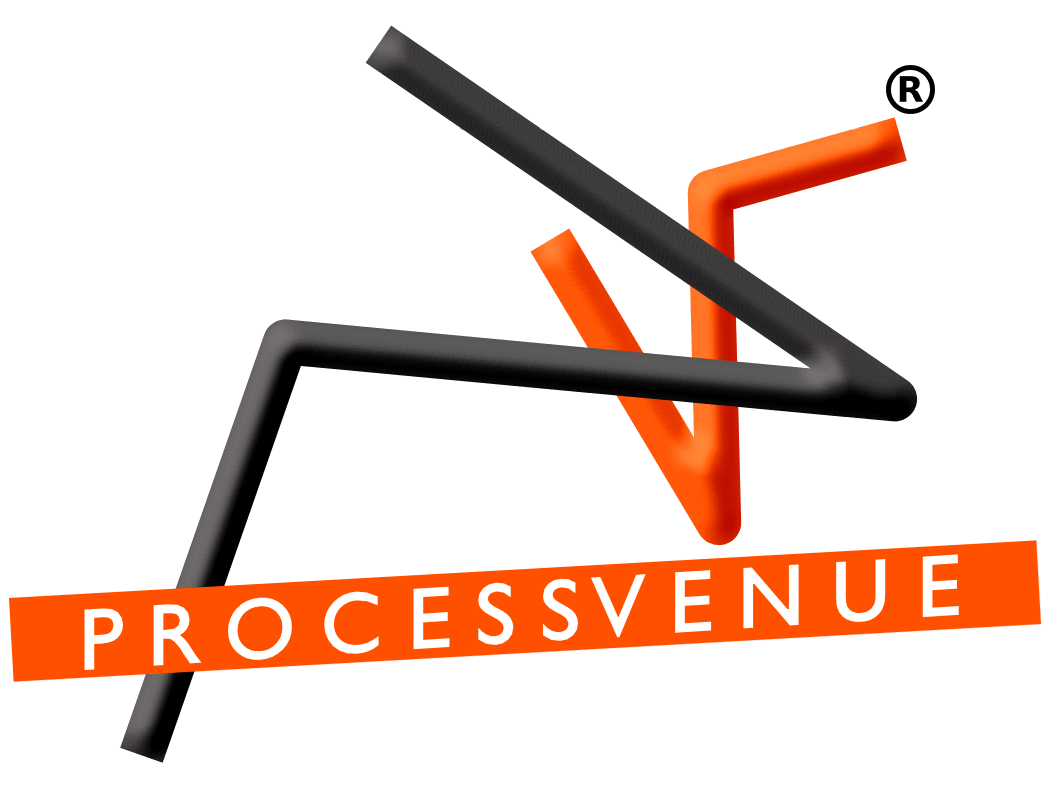
How to Scale Operations Without Hiring: A New Service-as-Software Approach
Back when I was running my first BPO team, I thought scaling meant one thing: hire more people. A bigger project came in? Line up interviews. A client wanted a faster turnaround? Add another shift. For a while, it felt like progress with desks filling up, headcount going up, and everyone getting busy.
But here’s the catch: the more I hired, the harder it became to deliver at scale. Costs ballooned, training never caught up, and efficiency plateaued. That’s when I realized something simple but powerful—scaling operations isn’t about adding bodies, it’s about adding intelligence. That’s the mindset behind what is now known in the industry as ‘Service-as-Software’. It’s about scaling like a software company, not just a staffing one.
What is the Service-as-Software model?
Service-as-Software (SaaS-style) model operationalizes human-AI partnership by packaging repeatable business services as software-driven building blocks powered by AI, workflow automation, and human oversight, where it adds judgment and empathy.
In plain English: Think of your business service as a product: upgradeable, automated, and efficient rather than a manual process that grows only with headcount. This entails AI-powered business operations delivered like a product:
- Automated services for common workflows (KYC verification, invoice extraction, ticket triage, content QA)
- Orchestrated by a workflow engine (rules, SLAs, audit trails, dashboards)
- Augmented by AI agents (classification, summarization, extraction, forecasting) that improve via feedback
- Supervised by Human-in-the-loop (HITL) only at high-judgment checkpoints like exception handling, compliance sign-off, tone or empathy checks
This turns what used to be a staffing problem into a configuration problem. You “switch on” capabilities, not increase requisitions for hiring staff.
Why this is the right time for SaaS
Given today’s market pressures, addressing the problem of ‘startup growth without hiring’ is a key focus area for many founders, investors and CXOs. This means achieving efficiency and scale without adding headcount – do more with less.
AI has become mature enough to handle language-heavy tasks like customer support, collections, procurement, and quality checks at a much lower cost. Modern tech makes it easy to plug new services into your current systems quickly. Add your existing human layer on top of this and you have a Human+AI partnership that solves the problem of scaling operations without adding more staff.
Daniel Kahneman (Nobel laureate, behavioural economist): “Machines will make better decisions than humans in many domains, but wisdom and values must still come from us.”
How AI-powered business operations scale without hiring
Automation first, oversight second: Let AI draft → humans approve of exceptions. In email support for instance, AI proposes responses, a team lead approves only for edge cases or VIPs.
Shared services as productized modules: One well-templated KYC pipeline can serve five markets with locale-specific rules, rather than five separate teams.
Continuous learning loops: Every human correction trains the model and updates the playbook, shrinking exception rates over time. That’s exponential quality improvement, not linear cost.
Practical Use Cases for SaaS
- Financial operations: payables/receivables matching, dispute triage, reconciliations with HITL for material exceptions
- Customer operations: ticket routing, macro-based responses, churn-risk flags with human reviews for tone/retention saves
- Compliance and risk: document intake, entity resolution, screening with human review on sanctions/false positives
- Content & data ops: metadata tagging, summarization, taxonomy checks, data hygiene with a human supervisor
What changes for the business
For businesses, the shift is game-changing. Instead of paying for people (cost-per-FTE) to a regular outsourcing services provider, you pay only for results – cost-per-transaction, with clear service levels. That’s the key benefit a technology-driven BPO delivers.
New setups go live in weeks, not months, thanks to ready-made connectors. Quality is easier to trust, with built-in controls like audit trails and real-time dashboards that replace the “black box” feel of outsourcing. And operations become more resilient, scaling up automatically in busy times and scaling down when volumes are low, without the headache of overstaffing or idle teams
Here’s a simple blueprint to start
Start small. Pick one process that’s high volume and rules-driven (e.g., invoice processing or basic customer support). Map out the standard flow and the most common exceptions.
Track performance. Measure basics like speed, accuracy, error types and rework. If you can measure it, you can improve it.
Make it repeatable. Add structure, set clear SLAs, create simple intake forms, a knowledge base and clear escalation paths.
Add AI where it helps most. Use AI for tasks like sorting, extracting data, summarizing, or giving recommendations.
Keep people for what matters. Humans step in only for exceptions, compliance or customer situations that need empathy.
Build a learning loop. Every human correction improves the system; every new rule becomes part of a reusable playbook.
Select a Service-as-Software focused BPO services provider that can help you harness the power of this approach.
Do the above steps, and you have a repeatable module you can deploy across products, markets, or business units—no hiring needed. That’s workforce scaling with SaaS
The takeaway for CXOs
You don’t need to hire to scale. You need to modularize services, instrument workflows, and pair AI with selective human judgment. That’s the Service-as-Software playbook: productized processes, measurable outcomes, elastic capacity.
If you’re planning for the next growth curve, the question isn’t “How many people do we need?” It’s “Which capabilities do we switch on?” Scale the system, not the payroll, and let humans do what only humans can do.
